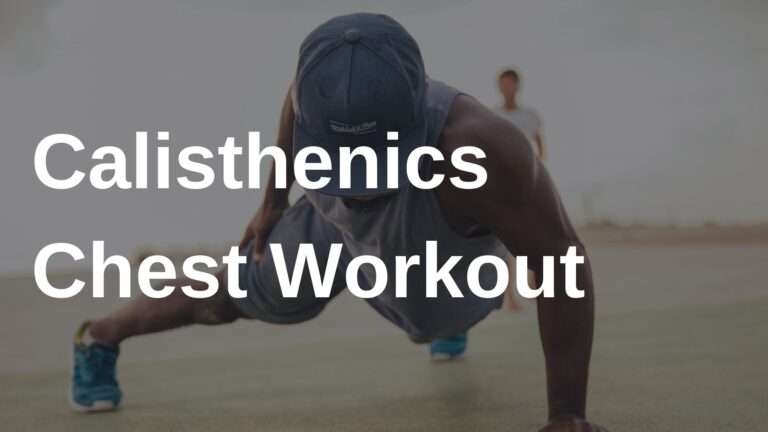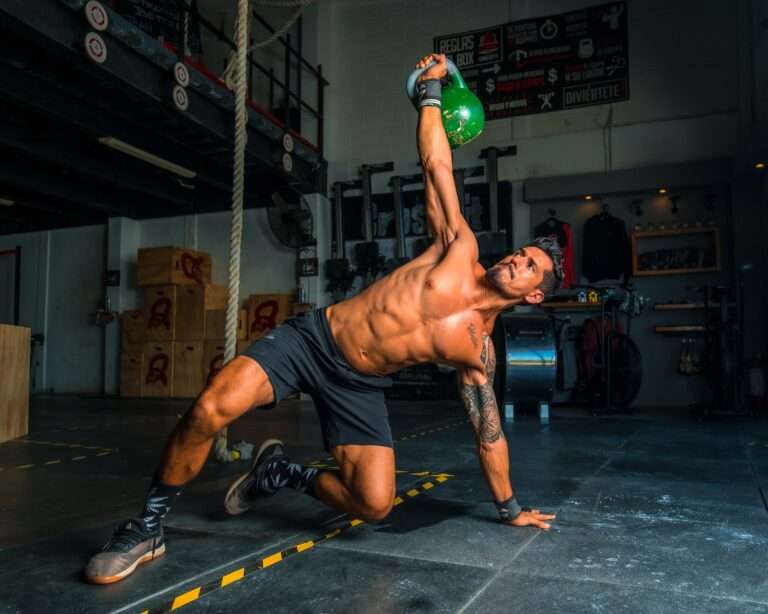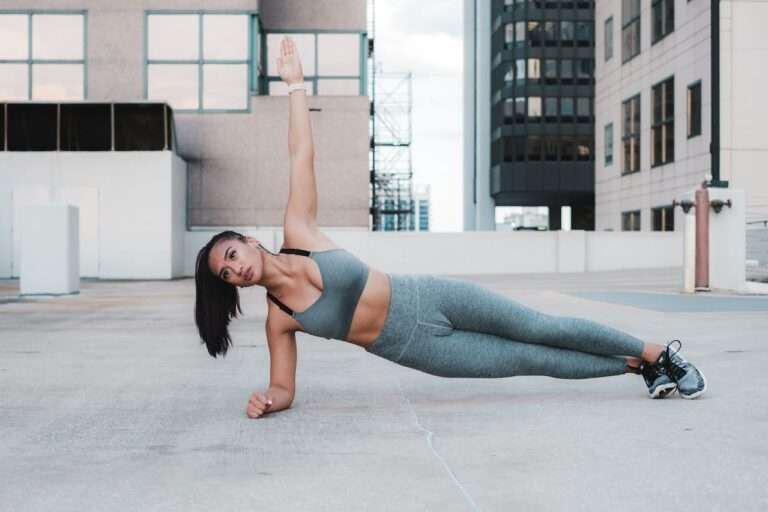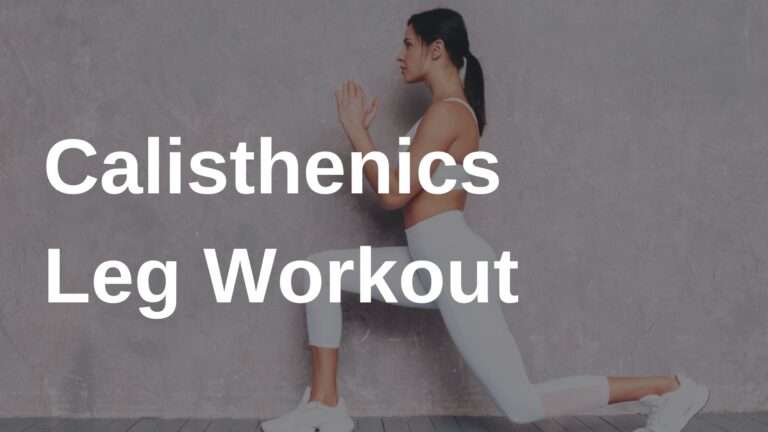6 Best Calisthenics Skills to Learn for Beginners
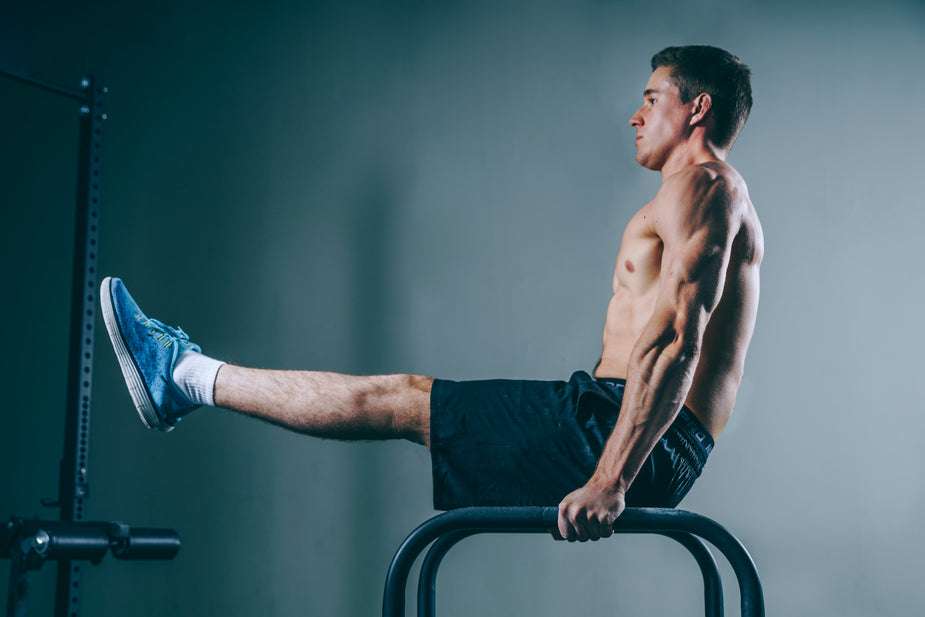
Calisthenics, a form of bodyweight training, has gained significant popularity in recent years for its effective results and accessibility. It’s an excellent choice for beginners looking to build strength, flexibility, and control without the need for expensive equipment or gym memberships. In this article, we will explore the best calisthenics skills for beginners, including the Elbow Lever, Headstand, Frog Stand, L-sit, Handstand, and Freestyle Pushup. Mastering these skills not only enhances your physical strength but also offers a sense of accomplishment and boosts confidence.
What Are Calisthenics Skills?
Calisthenics are advanced bodyweight movements that require strength, balance, flexibility, and control. Unlike regular exercises, which largely focus on muscular growth, calisthenics skills improve fitness to the level of an art form. These skills not only physically but also mentally motivate you as you overcome challenges and experience your body achieve objectives you once thought were impossible.
How to Train for Calisthenics Skills?
The development of calisthenics skills requires a well-rounded training routine that includes flexibility exercises, strength training, and practice of the relevant skills. Here’s a breakdown of how to effectively train for calisthenics skills:
1. Build Fundamental Strength: A strong foundation is important. Include compound exercises like push-ups, pull-ups, squats, and dips into your routine to develop overall strength.
2. Flexibility Matters: Calisthenics skills often demand a high degree of flexibility. Add stretching routines and yoga to increase your range of motion.
3. Skill Progression: Break down each skill into progressions. Master simpler progressions before advancing to more complicated movements.
4. Consistent Practice: Dedicate specific practice sessions for skills. Consistency is key to mastering any skill.
5. Cross-Training: Incorporate other forms of exercise to complement your calisthenics training, such as cardio and mobility work.
6. Listen to Your Body: Avoid overtraining and prioritize recovery. Your body needs time to adapt and grow stronger.
Now, let’s go through some easy and basic calisthenics skills that are perfect for beginners.
Calisthenics Skills for Beginners
1. Elbow Lever:
The Elbow Lever, also known as the Bent arm Planche or “Peacock Pose,” is a fundamental calisthenics skill that engages your core, shoulder, and triceps muscles. To perform this skill, start in a pushup position and gradually shift your weight onto your elbows while maintaining balance. As a beginner, focus on developing the necessary upper body strength and body control. The Elbow Lever is an impressive introductory move that lays the foundation for more advanced calisthenics skills.
Benefits:
- Core Strength: The Elbow Lever requires intense core engagement to maintain balance. As a beginner, practicing this skill will help you build a solid foundation of core strength, which is essential for overall body stability and posture.
- Upper Body Muscles: By supporting your body weight on your elbows, you’ll target your triceps, shoulders, and chest muscles. This skill serves as an introductory exercise to progressively more advanced upper-body movements.
2. Headstand:
The Headstand, an iconic yoga pose, is also a vital calisthenics skill. It enhances shoulder stability and strengthens the upper body. Begin by interlocking your fingers and creating a stable base with your forearms on the ground. Gently place the crown of your head on the mat, forming a tripod-like structure. Slowly lift your legs off the ground, engaging your core for balance. Regular practice of the Headstand improves overall body awareness and encourages a greater mind-body connection.
Benefits:
- Shoulder Stability: The Headstand demands strong shoulder muscles to support your body weight. Regular practice enhances shoulder stability and reduces the risk of injuries.
- Blood Circulation: Being inverted in a Headstand improves blood circulation to the brain, promoting mental clarity and focus. It’s also known to have a calming effect on the nervous system.
3. Frog Stand:
The Frog Stand, also known as the “Crow Pose,” targets the core, arms, and wrist strength. Start in a squat position, place your hands on the ground in front of you, and position your knees on the back of your upper arms. Gradually shift your weight forward, lifting your feet off the ground. This skill might be challenging initially, but with consistent practice, you’ll witness improvements in upper body strength, balance, and coordination.
Benefits:
- Upper Body Strength: The Frog Stand heavily engages your arms, shoulders, and chest muscles. As a beginner, this skill helps you develop foundational upper body strength for more complex calisthenics movements.
- Balance and Coordination: Achieving and maintaining the Frog Stand requires balancing on your hands while your knees rest on your upper arms. This promotes improved balance, coordination, and body control. This also helps you to progress in your handstand journey.
4. L-sit:
The L-sit is an exceptional skill for building core strength and improving hip flexibility. Sit on the ground with your legs extended and your hands placed beside your hips. Push down and lift your entire body off the ground, forming an “L” shape with your legs and torso. This move may be demanding, but it’s an incredible way to develop your pectoral muscles, triceps, and abs. As a beginner, you can start with bent knee variations and gradually progress to the full L-sit position. Learn L-sit.
Benefits:
- Core Activation: The L-sit is a potent core exercise that targets your lower abs and hip flexors. Developing a strong core through this skill enhances overall stability and helps prevent lower back pain.
- Hip Flexibility: The L-sit demands flexibility in your hip flexor muscles. As a beginner, consistent practice can lead to improved hip mobility and range of motion.
5. Handstand:
The handstand is an iconic calisthenics skill that promotes upper body strength, balance, and spatial awareness. Begin by practising against a wall to develop confidence and understand the mechanics of the movement. Place your hands shoulder-width apart, kick your legs up against the wall, and align your body in a straight line. As you advance, work on freestanding handstands to enhance your core stability and control.
Benefits:
- Upper Body Strength: Holding a Handstand engages your shoulders, arms, and upper back muscles. As a beginner, this skill is an effective way to build strength in your upper body, particularly the shoulders and triceps.
- Balance and Proprioception: Balancing in a Handstand improves your spatial awareness and proprioception – your body’s ability to perceive its position in space. This skill enhances your overall body control.
6. Freestyle Pushup:
Freestyle Pushups add a dynamic element to your calisthenics routine. Start in a traditional pushup position, lower your body towards the ground, and explosively push off the ground, allowing your hands to leave the surface. Clap your hands together before landing back in the pushup position. This skill improves the strength of explosive power, chest and triceps, and cardiovascular endurance.
Benefits:
- Explosive Power: The Freestyle Pushup involves an explosive push-off from the ground, training your muscles for quick and powerful movements. This is beneficial for various sports and activities.
- Cardiovascular Endurance: Incorporating dynamic movements like the Freestyle Pushup into your routine can elevate your heart rate, improving cardiovascular endurance and overall fitness.
How to train for calisthenics skills along with a daily workout routine?
To train for calisthenics skills along with your daily workout routine, you can follow these tips:
1. Include both calisthenics skills training and strength training
For the best and most well-rounded results, incorporate both skills training and strength training in your routine. This will help you develop strength, endurance, mobility, and coordination.
2. Alternate between styles or combine them:
You can alternate between periods of focusing on skills and strength training, spending a few weeks on each style before switching. Alternatively, you can combine both styles in the same workout. For example, you can start with weight training exercises to work on power and strength, and then finish your routine with bodyweight training that focuses on endurance and movement skills.
Remember, if you are training for any static strength type of skills like L-sit, Front lever, or planche, you should always practice its progression exercise, which involves static hold like Tuck L-sit, Tuck Front lever, etc. Then, move to your regular strength training routine. When you train for and strengthen base skills like handstand push, perform the most challenging exercises you can do, like wall assist handstand push-ups, then move to their easier variations.
3. Follow a structured training program
Look for training programs specifically designed for calisthenics skills. These programs can guide exercises, progressions, and workout routines to help you improve your skills.
4. Modify exercises based on your fitness level
Most calisthenics exercises can be modified to make them easier or more difficult depending on your fitness level and goals. Start with exercises that are appropriate for your current strength and gradually progress to more challenging variations as you improve.
5. Be consistent and allow for rest
Consistency is key when training for calisthenics skills. Aim to train regularly, but also allow for rest days to give your muscles time to recover and adapt.
Conclusion
Integrating skill training can significantly enhance strength and control, whether you’re a calisthenics beginner or a professional athlete. These skills can be practiced equipment-free, elevating your mastery beyond basic push-ups and squats. With this knowledge, you can harness the potential of home-based strength training, pushing your limits and defying gravity. The journey starts with mastering these unrestricted calisthenics skills, setting the stage for advancement into more complex variations.
FAQs
Are calisthenics skills suitable for beginners?
Absolutely, beginners can benefit from calisthenics skills. While some skills may seem advanced, this article emphasizes mastering fundamental movements like pull-ups and push-ups before delving into more complex skills.
How challenging is it to learn calisthenics skills?
The level of challenge varies based on the specific skill and individual capabilities. Starting with simpler skills and gradually progressing can make the learning process smoother. Regular practice and proper guidance are key to success.
Can I practice these skills at home?
Yes, you can practice these skills at home. They generally require minimal space, often just a small floor area. Some skills, like handstands, might benefit from having a wall for support. Optional equipment like parallettes can also enhance your practice.
Do I need prior strength to begin learning these skills?
Basic strength is helpful, but these skills are designed to be accessible to various fitness levels. Many skills focus on building strength progressively as you practice them. Starting with foundational exercises is recommended, and strength will develop over time.
How can I ensure safety while learning these skills?
Prioritize safety by starting with skill progressions that match your current fitness level. Proper form is essential to prevent injuries. If necessary, seek guidance from experienced trainers or utilize video tutorials with step-by-step instructions.
Can calisthenics skills benefit other areas of fitness?
Absolutely, mastering calisthenics skills contributes to overall fitness. These skills engage multiple muscle groups, enhancing strength, balance, coordination, and body awareness. Additionally, they cultivate attributes like focus, discipline, and control that extend beyond physical fitness.


